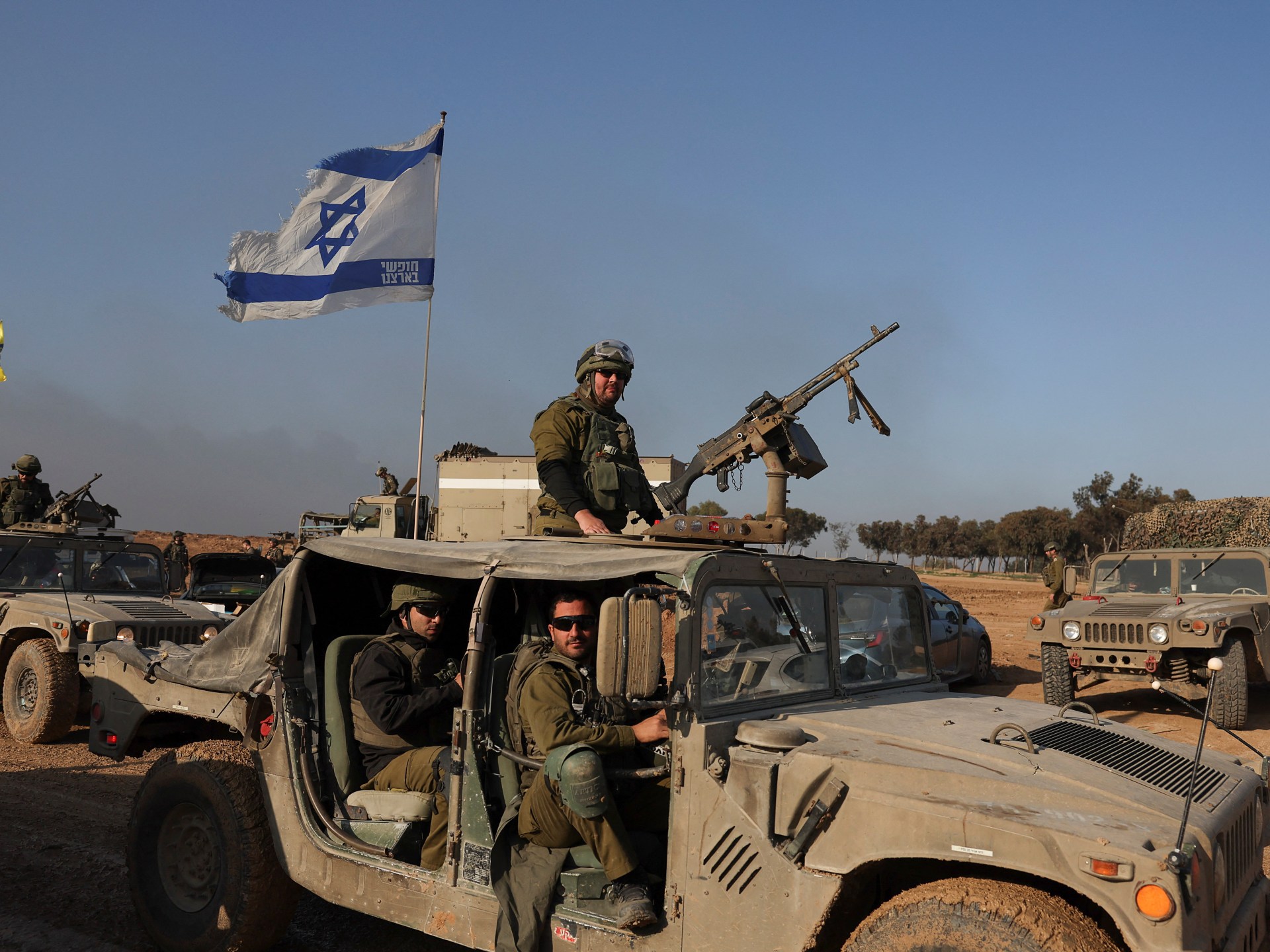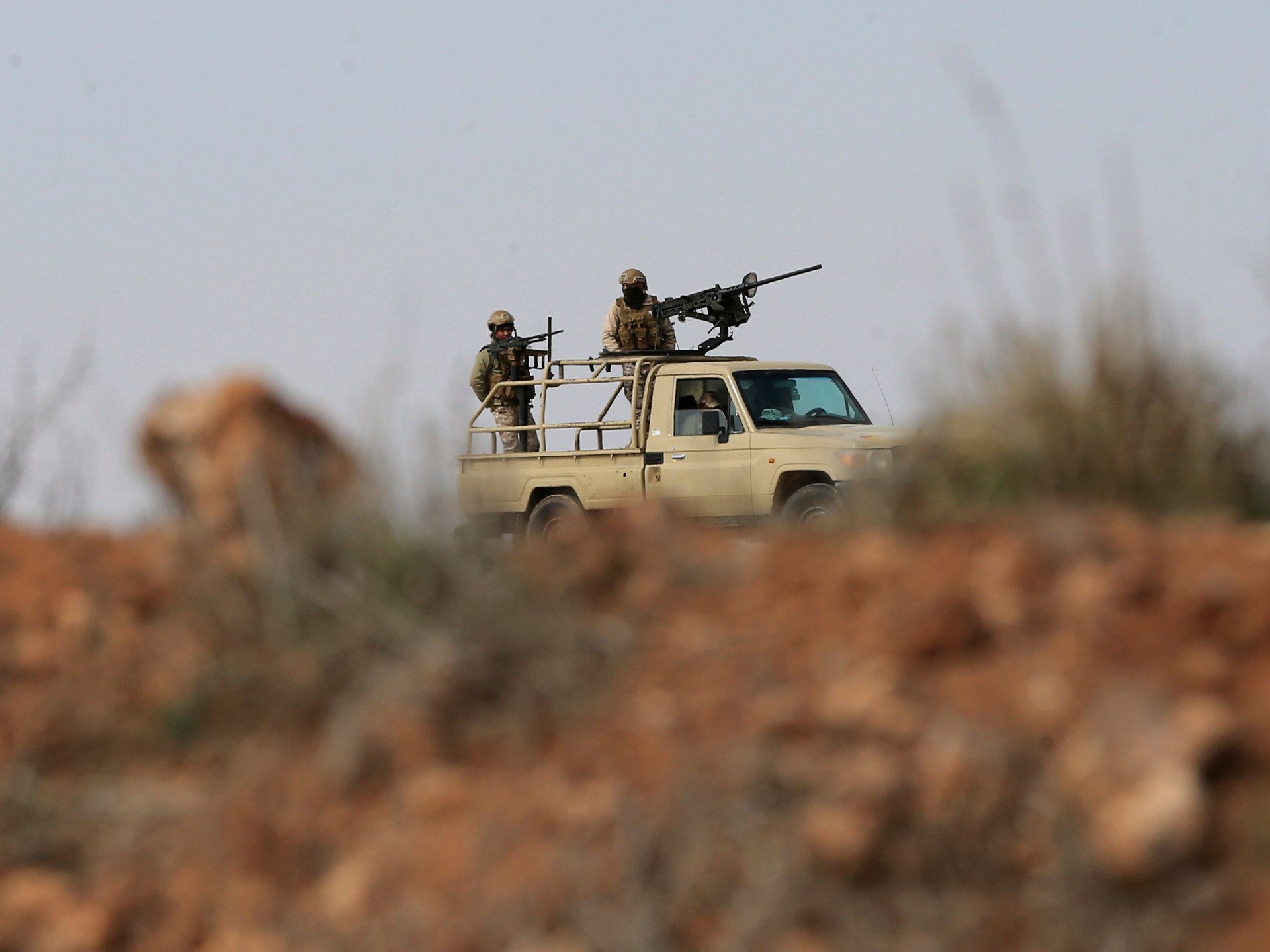
Thirty years ago, black South Africans were allowed to vote for the first time as the country celebrated the monumental birth of a democracy. As I write this, South Africa is bathed in warm winter sunlight and South Africans are free.
That day, April 27, 1994, changed the lives of everyone in the country. I was there. But I can only remember it vaguely.
But I still vividly remember the many lives lost leading up to that victorious day, when a proxy war fuelled by elements of the apartheid state pitted ethnic groups against each other. Those who hoped the bloodshed would derail democratic negotiations aptly called it “black violence”.
Four years passed between Nelson Mandela’s release from prison and the first real election, during which time the apartheid government slowly reached agreement with the political leaders it had long oppressed on the terms of its dissolution. 14,000 people died a violent death.
Many South Africans may have chosen to forget. Younger ones may simply not know. But here is what I saw in the months leading up to the vote.
Whole neighborhoods were deserted as people fled their homes. Nameless corpses lay in empty streets for hours before being picked up by hearses. They were displayed on dirt roads as a warning to all.
Nine days before the elections, the country was burning. It was a final push between warring camps. The Inkatha Freedom Party – a powerful Zulu political and cultural movement – was preparing to boycott the election. It said the new arrangement gave too little power to territories like KwaZulu, where it had long ruled. The bodies were piling up.
On that day, April 18, 1994, I was on Khumalo Street in Thokoza, a black township east of Johannesburg.
To my left lay Ken Oosterbroek, mortally wounded; to my right, Greg Marinovich clutched his chest, desperately trying to save his life. Friends and fellow photographers who had dedicated their careers to documenting the violent final years of apartheid lay dead and wounded.
Between 1990 and 1994, nearly 700 people died in Thokoza, hundreds of them on this street. It was one of many. Today, a memorial in Khumalo Street bears the names of the dead, including Ken’s.
When I visited the memorial in late 2016, it was used as a shelter for homeless people who slept next to the inscribed marble wall. It has since been renovated by former members of the Self-Defense Units. The residents – mostly supporters of Mandela’s African National Congress – defended their communities against supporters of the Inkatha Freedom Party.
Macdonald Mabizela, 48, a fighter as a teenager and now a caretaker, explained how they had chased away the vagrants, cleaned the monument and rebuilt part of the perimeter wall that had collapsed after someone drove into it.
Nelson Mandela addressed the nation that evening, calling for calm and an end to the bloodshed – an act he made before taking office as president. Shortly afterwards, the Inkatha Freedom Party announced that it would participate in the election. The ballot papers had been printed without an entry for the party. Stickers were quickly added. It was a stark reminder of how close South Africa had come to civil war.
South Africans voted, and it was a peaceful day, I remember that much. I documented the day, and what should have been a life-changing experience had eluded me. I had just buried a friend, and another was recovering from three gunshot wounds. I voted in Katlehong, just a six-minute drive from where Ken was killed, sent my film to The Associated Press office, and sat by Greg’s side. Two days of voting flew by, and I was barely there.
This week, South Africans will vote again in a national election that is less predictable than any since 1994. At times like these, it is important to remember the past and honour those who paid the highest price as politicians fought their way to power and democracy.






Recent Comments